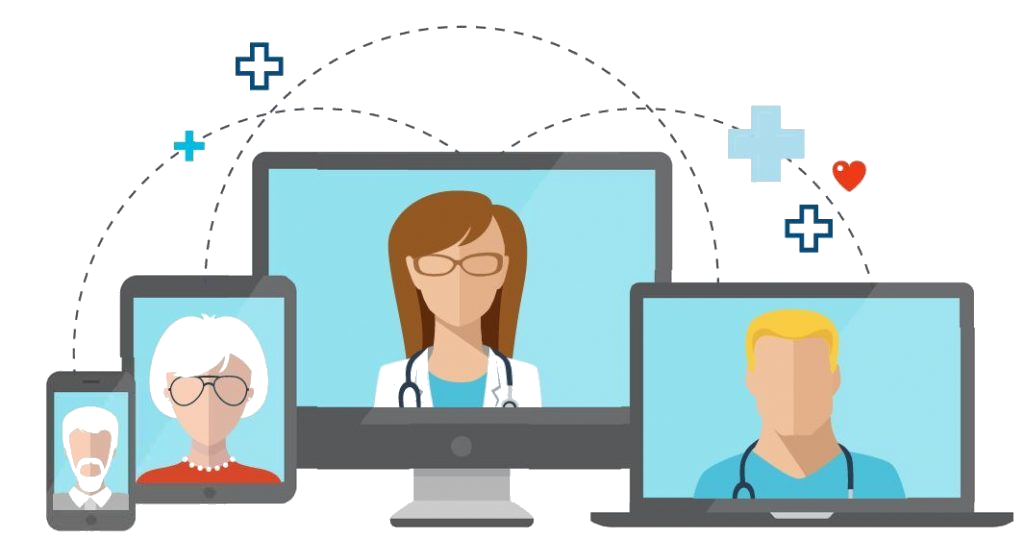Learn More
The harm and benefit that computing innovation can bring!
01

Telemedicine
Telemedicine and wearable devices make healthcare more accessible and efficient. Telemedicine allows for remote medical consultations and treatments, saving time and resources. Wearable devices provide real-time health monitoring and early identification of health concerns. This leads to earlier diagnoses and more effective treatment planning. Wearable devices also encourage physical activity and track progress, promoting healthier lifestyles.
Gaming
Excessive gaming can harm physical and mental health. Prolonged sitting and inactivity can lead to health problems like obesity and cardiovascular disease. Gaming addiction can harm social relationships and personal life. Gaming can disrupt sleep and lead to sleep deprivation. Some violent games have been linked to increased aggression and decreased prosocial behavior.
02

03

Social Media
Social media has had impacts beyond its intended purposes. It spreads misinformation and contributes to political polarization. Cyberbullying and harassment occur on social media platforms. Social media can be addictive and distracting. It also has a negative impact on mental health and self-esteem.





